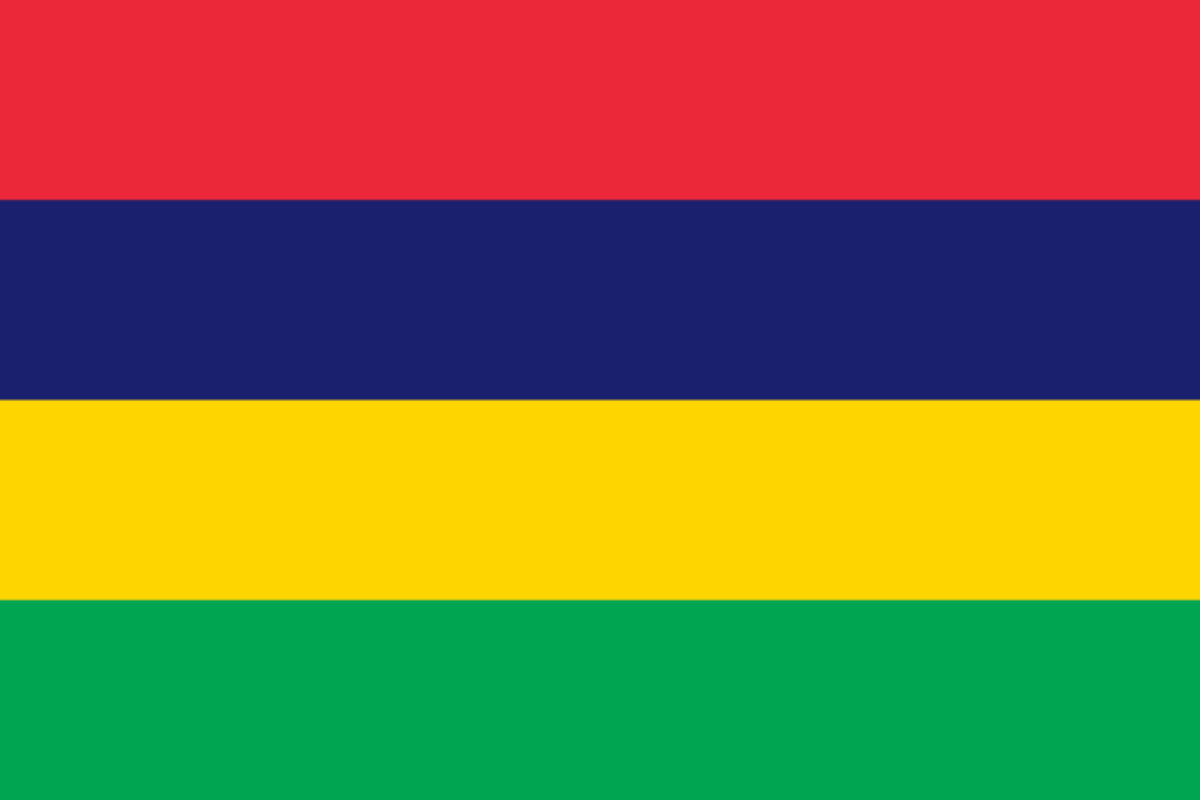The national animal of Mauritius is the dodo. This extinct bird is one of the most iconic of all extinct animals and its loss is a tragedy to the modern world. They were found exclusively on this island off the east coast of Africa but remain an important national symbol to the people of Mauritius.
For many of us, if we were to think of an extinct animal that humans in the not-so-distant past would have seen, dodo would often be the first animal that came to mind.
Mauritius holds on to this aspect of its natural past and continues to use the dodo as a national symbol.
Let’s find out more.

What is the national animal of Mauritius?
The national animal of Mauritius is the now extinct dodo.
Among the most iconic and well-known of modern extinct fauna, the dodo is recognized worldwide as a lost animal that very recent humans saw in large numbers.
Of course, the island nation of Mauritius was the one place where they were found.
Subfossil remains show that dodos were around a metre tall, and weight around 23-40 pounds.
We have many drawings and written descriptions to aid our understanding of the appearance of the dodo bird.
Flightless birds are very often a feature of islands like Mauritius.
There were no natural predators of the dodo on Mauritius, so they likely became flightless and settled on the island.
Food was abundant and predators were non-existent.
They went extinct in the 17th Century, and the last reported dodo sighting was in 1662.
Because they had no natural predators, they were entirely unafraid of humans.
This made it very easy to hunt them and their large size made them a great source of food on long journeys.
Not only this, but invasive species became established on the island from sailing ships and quickly out-competed the dodos for food and space.
Very little is known about the behavior of these birds.
It is usually depicted with brown or grey plumage, yellow feet and a tuft tail.
Their head is naked and grey, with a black, yellow and green beak. It is known that they used glizzard stones to digest their food, generally thought to have been fruit and some other vegetation. One account tells us they laid only a single egg at a time,
A lot of the details of these birds, then, are unresolved, and there are not even many close relatives that survive today.
They are classified as part of the wider pigeon family and the closest extant relative is the Nicobar pigeon.
Why is the dodo the national animal of Mauritius?
The simple reason that the dodo is the national animal of Mauritius is that the island is the only place where the dodo could be found.
Again, this is a very common feature of island fauna.
They become established in an area and ultimately become cut off from the rest of the world by distance.
Once they lost the ability to fly, they had no way of spreading anywhere else, and their flying ancestors evolved in different ways elsewhere.
The dodo is, again, a very iconic extinct animal, and so it is perfectly natural for Mauritius to have adopted the animal as its national animal.
They are featured on one side of the country’s coat of arms, and are an important symbol of national culture, history, and identity.
Mauritius did not have an indigenous population living on the island when colonizers first arrived, though the island has been known to Arab sailors since at least the 10th Century.
In any case, the modern Mauritian feels their sense of nationality and identity as strongly as any other nation, and the dodo is a vital part of that.
Were dodo birds stupid?
Whether or not we can call an animal stupid is based really entirely on our own preconceptions.
Dodos were “stupid” in the sense that they did not have much of a sense of danger and did not fear humans, and this in part led to their overhunting.
But before the arrival of humans, they had no reason to fear.
They had no natural predators, as mentioned, so what reason had they to be fearful?
They are about as intelligent as doves and pigeons, and so a lot more intelligent than we give them credit for.
Can the dodo be brought back?
The dodo cannot and will not be brought back.
It would, firstly, require levels of genetic engineering technology that we simply don’t possess.
There is then the broader question of the ethics of doing so in the first place.
A genetically engineered, test-tube dodo would have no parent to teach it how to be a dodo.
We cannot be a substitute for this.
Thus, even if you could resurrect the dodo, there would be no way to reintroduce it into the wild.
So, before we even think about technological limitations, there’s the more fundamental questions of the ethics of such a program.
The loss of the dodo, again, is simply a tragedy.
These fascinating birds were very unlike anything we find in the world today and very much feel like something out of a different epoch.
It is, though, rather unsurprising that they died out.
Their population was limited to only a small island, and it’s no secret that European explorers ravaged virtually everything they came in contact with.

